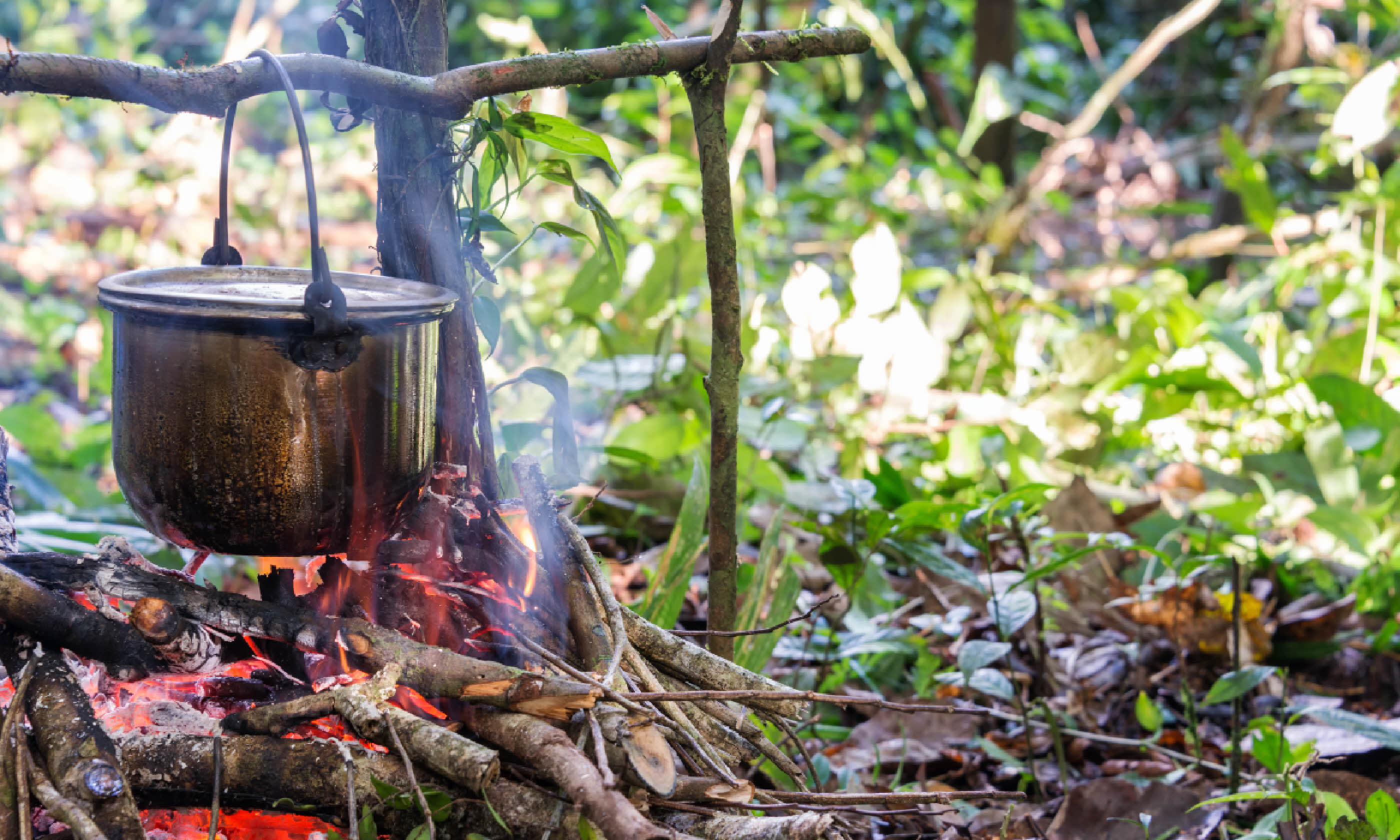
How to eat your way around the Amazon
Brazil’s biodiversity isn’t only a boon for wildlife fans — it’s fantastic for foodies too. And eating your way around the Amazon proves the best way to connect with its people
We arrived at the hut as fruit bats were leaving the trees and flocks of parakeets returned to roost. The Amazon night was thick and moist, aromatic with tropical flowers and the scent of brazilwood burning on a stone stove somewhere along the dirt street. The cicadas and tree frogs were in full chorus. Moths flittered around the street lights.
A man was waiting at the gate of the hut. He said nothing as we arrived, just beckoned us on through a little lawned garden, down a path round the back of the shack, past a brilliant-pink jambo tree and into a room. It was lit with low, incandescent light and was bare but for a few benches and an altar in the corner covered in the effigies of Catholic saints and bottles of potion.
Drummers and congregants were gathered around the walls and a huge man sat on a chair in the room’s centre. He was wearing a shocking-pink, faux-silk dress and a gaily tilted satin Gainsborough hat.
All heads turned to see us as we shambled in awkwardly. The giant in the pink dress just stared, sipped beer from a sherry glass that looked like a thimble in his huge hand, stared again. Then, as the silence became almost tangible, he roared into song: “
Refletiu a luz divina [The divine light reflected] /
Com todo seu esplendor [with all its splendour] /
vem do reino de Oxalá [from the kingdom of Oxalá] /
Onde há paz e amor [where there is peace and love]”.
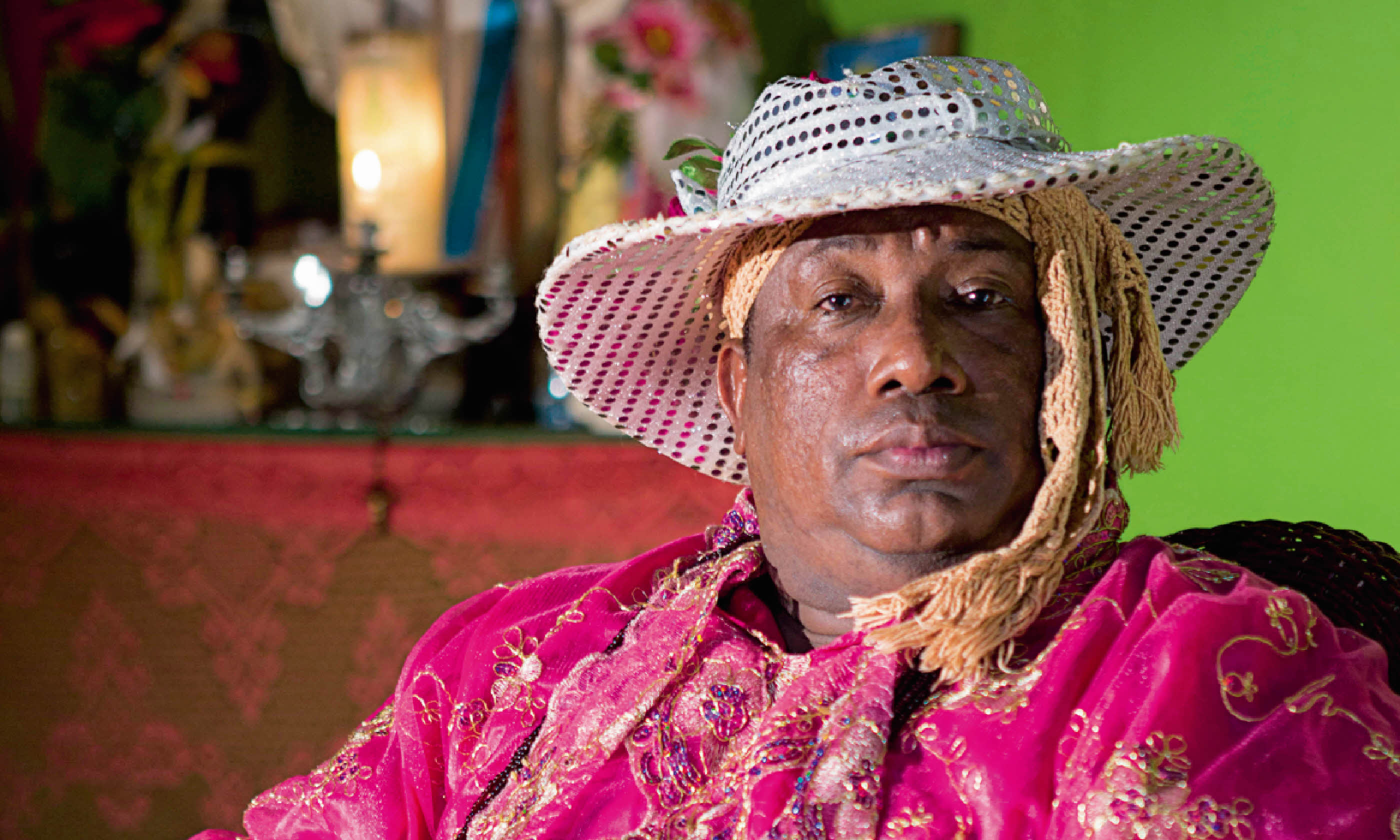
Drummers lost in the shadows in the room’s far corner suddenly pounded into action and the giant rose from his chair and began to rock and sway rhythmically while roaring out more verses from his song. Others joined him and the dancing became frenzied. I felt myself swaying, slipping into trance.
My friends looked on with jaws dropped. Incense rose in thick swirls from a burner waved from side to side by a devotee. The giant roared louder and louder. And then... halted. As immediately as he had begun.
The room lapsed once more into silence. The giant’s eyes were fixed on us. Then he broke into an enormous grin, gesticulated warmly and spoke, in Portuguese. “Welcome to our community! May you, our white-skinned friends receive many blessings.”
Little is more Brazilian than the old religion of Umbanda – a heady mix of West Africa, indigenous America and Catholic Europe. The three continents mix in Umbanda’s spirit-saints, its rituals, rhythms, symbols.
From Umbanda and its relatives came samba and capoeira. And many of Brazil’s home-grown dishes. Ogum (or St George), the power of thunder, is sustained by offerings of the country’s national dish feijoada – a rich meat stew. Oxum (Our Lady of Assumption), the spirit-power of fresh water, prefers prawns and beans.
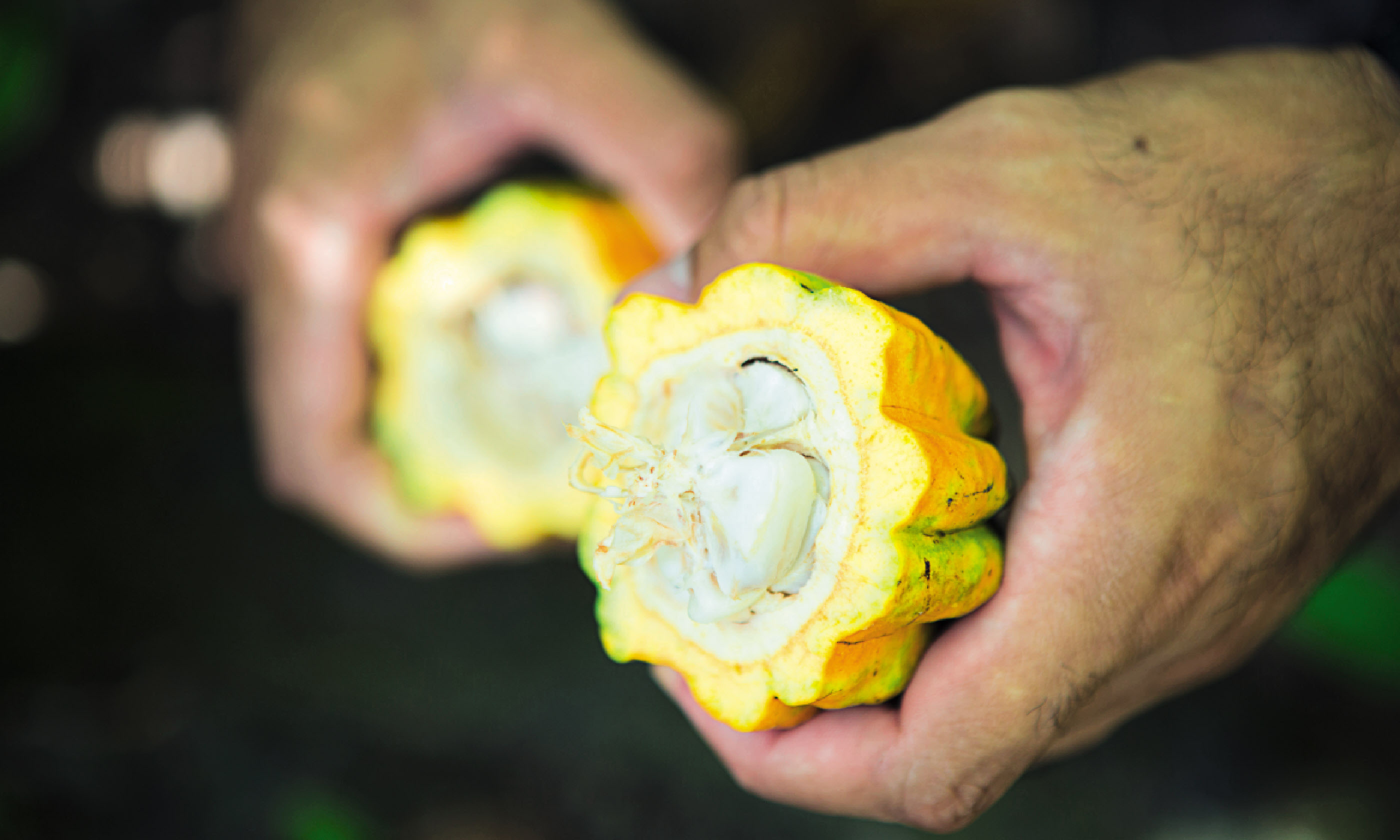
After the ceremony the giant brought us together to eat acaraje – an African-Brazilian falafel, spiced with chilli and flavoured with rich prawn paste, which is sacred to Iansa (Saint Barbara). We drunk it down with fresh cashew fruit juice – silky soft and fragranced, sour yet sweet. In the communion of food we ceased to be spectators on the edge of a strange ceremony. We had been welcomed in.
Food of the forest
The trip I’d signed up for had promised as much. The journey would, they said, make connections. We would get to know Brazil from rural and urban roots to high tables. We’d visit some of the poorest communities and see what connected them to the finest restaurants. It would, they said, be spectacular. I’d no idea what to expect.
But I knew it would be something different even at the airline luggage desk in Heathrow.
“You’re going to Rio, yes?” said the check-in clerk.
“No. Belém.”
“I’m sorry, where?”
“Belém. Bell. Aing.”
I hadn’t heard of it either. But it was easy to reach. Six hours after a brief change of plane in Lisbon, the city was below us – a tumble of 18th century terracotta roofs backed by a jagged line of concrete spires and set amid an Amazonian wilderness.
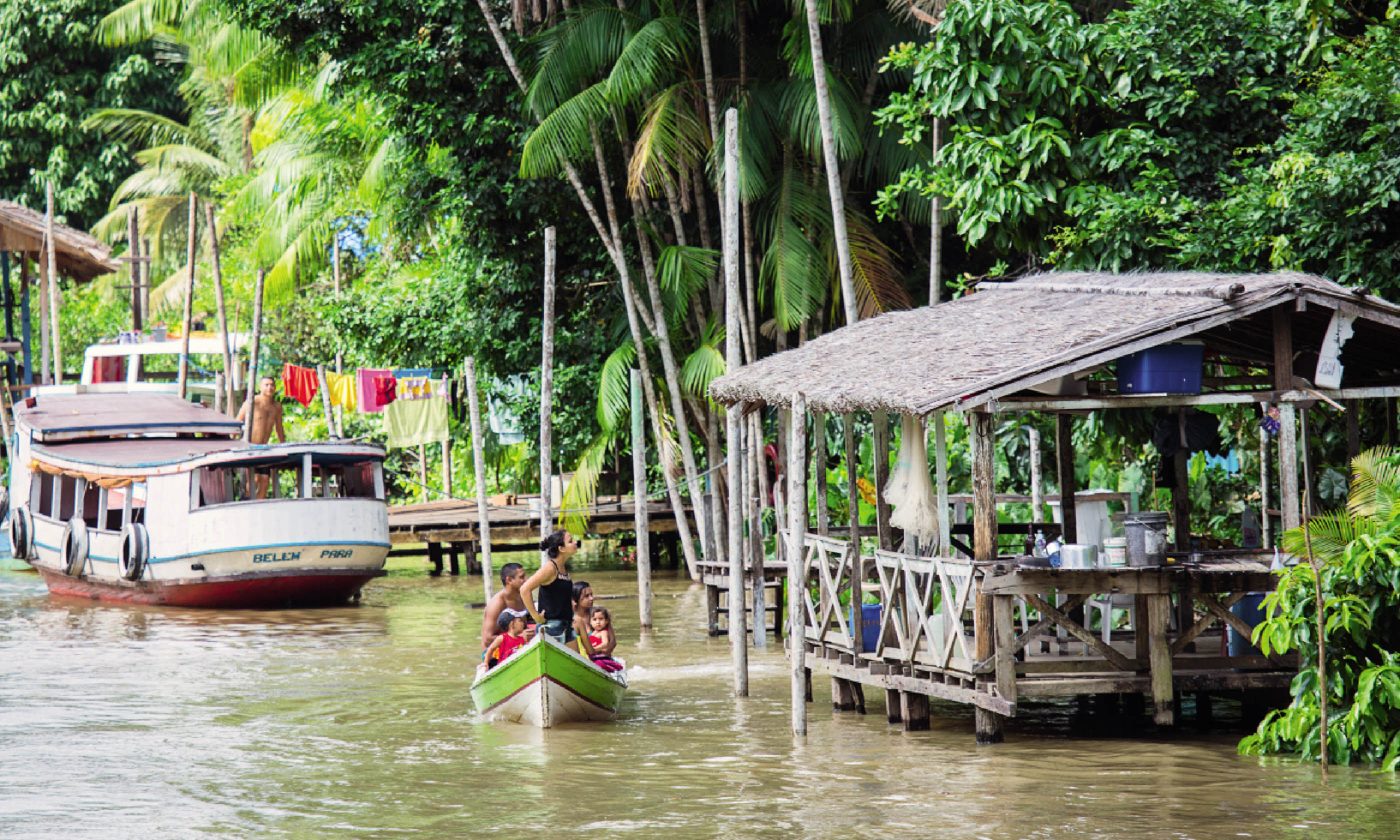
There were no roads, just city streets, and boats everywhere – fishing barques, longtails and huge cargo tankers dwarfed by the chocolate-brown River Guamá, a southern branch of the Amazon. The Amazon proper stretched on the other side of the plane, its mouth choked by a huge swampy archipelago of forest-covered islands stretching as far as the distance between London and Newcastle.
After landing we wandered the colonial streets and grand avenues of Belém, which grew rich on the brief 19th-century Amazon rubber boom. We explored Ver-o-Peso market in search of the açai berry, the in-favour superfruit that grows in the nearby forests. In the evening we sampled takaka, an energising prawn soup cooked in sour manioc juice and spiced with jambu leaves (known as ‘electric daisies’); it set the mouth tingling and filled the veins like a shot of Red Bull.
The journey was all about food, and on our second night we fine-dined in the Remanso do Bosque, number 38 on the San Pellegrino list of the best restaurants in Latin America. We enjoyed a degustation menu of Amazonian flavours, from fragrant pacu fish to tart pupunha berry and energising açai to Amazonian chocolate.
The following morning we chugged out of Belém in an old Amazon riverboat with the restaurant’s star chef Thiago Castanho. He would show us where he sourced some of his ingredients.
The boat crossed the broad stream of Guamá and plunged into a tiny creek in one of greater Belém’s myriad islands. Kingfi shers flitted in front of us. Egrets floated from branches like falling flowers. We passed stilthouses, their legs long and bare in the low tidal water, their lower reaches ringed with encrusted barnacles. Children waved from dugouts as mothers paddled with whittled oars and fathers cast nets. After almost an hour we pulled in at a jetty.
Dona Nina was there to greet us – a little round woman, face as brown as the river, smile as white as a frangipani flower. She took us for a walk in her kitchen garden, which merged with the forest itself. There were spindly açai palms and bacuri trees topped by big pink flowers.
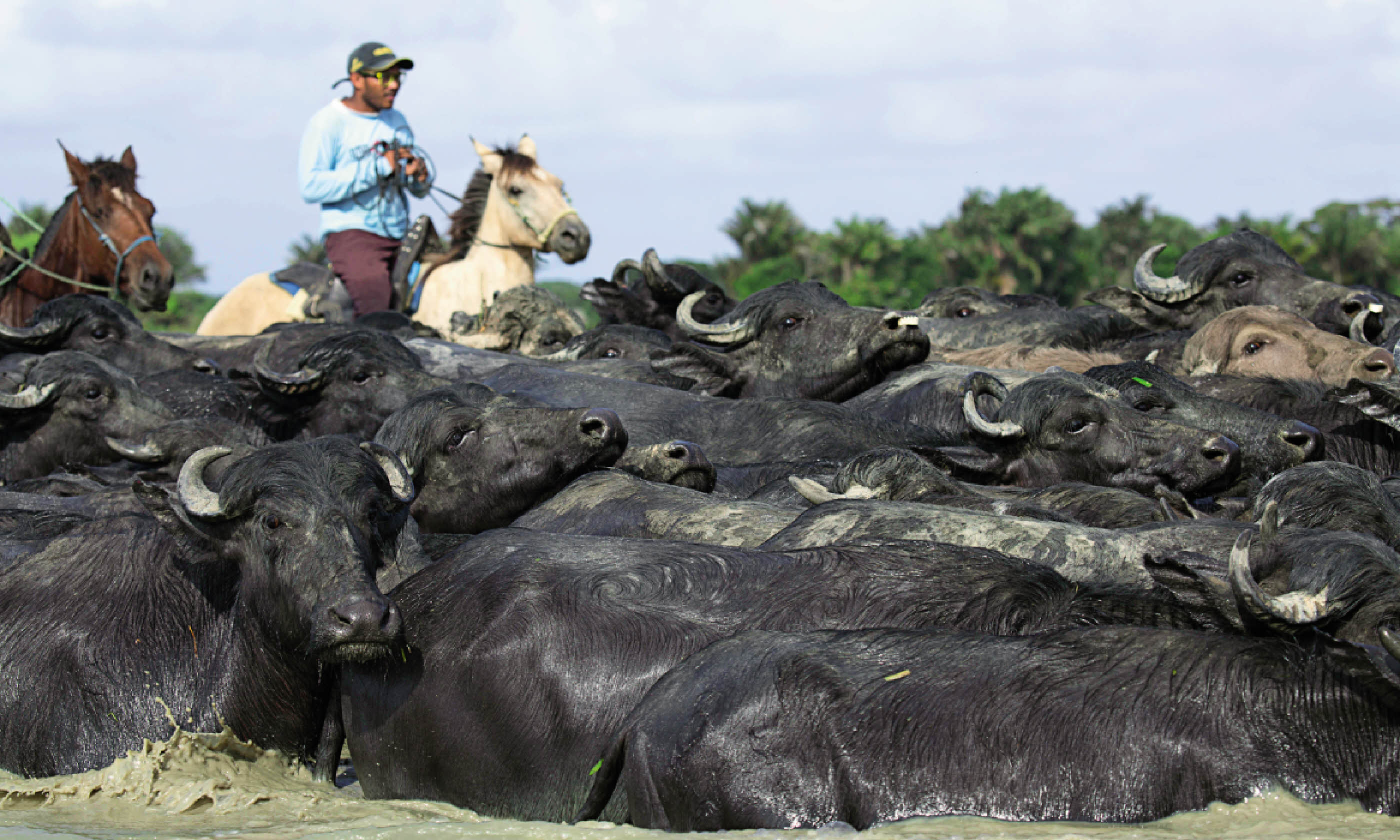
And there were camu camu bushes, heavy with ripe red berries that looked like round red grapes – their flesh holds more Vitamin C than any other fruit. We reached Dona Nina’s chocolate orchard, sited next to an enormous kapok tree. Thiago split a yellow pod-like cacao fruit to reveal custardy white pulp and dozens of creamy bean-like seeds. Dona Nina took us to her kitchen to show us how she roasted these white seeds into brown cocoa beans.
We ground them into pure bars, sweetening them with raw cane sugar, working amid the thick, intoxicating smell. Our mouths watered. Afterwards, we eagerly accepted samples. The chocolate melted on our tongues, as rich as the Amazon rainforest itself.
The next day we flew to Marajó, a beach-fringed island as big as Switzerland that sits in the Amazon’s mouth. We had our Umbanda ceremony here. We also visited huge island ranches to ride with water buffalo, herding them with Amazon cowboys.
The cowboys milked the beasts in order to make South America’s finest mozzarella; we ate the cheese, and the buffalo too, in a supper of steaks as tender as sashimi with mozzarella and tomato salad. We ate the meal on a wooden deck over an Amazon tributary to the music of the forest and under the light of the full moon and stars. Then, after five days, we left the rainforest and took a plane south to São Paulo – the biggest, brashest city in South America.
From ex-felons to fine dining
São Paulo crowds together. High-rise concrete clustered in streets that stretched to every horizon. Multi-lane highways rushed between, clogged with traffic. Helicopters whirred overhead. At night the city flashed and blinked with neon and argon and the arrival of hundreds of planes.
This is South America’s hub, where the continent meets for business and where the myriad peoples of Brazil swarm together in search of a better life, filling hive-like breeze-bloc favelas (slums) that crowd around the city’s sprawling outskirts.
We headed to the outskirts on our first two days in the city to visit two remarkable social projects, both of which work with food. Cidades sem Fome (Cities Without Hunger) has recuperated hectares of inner city waste land, much of it under electricity pylons, and turned it into urban orchards and vegetable patches providing everything from mangoes and bananas to cabbage and kale.
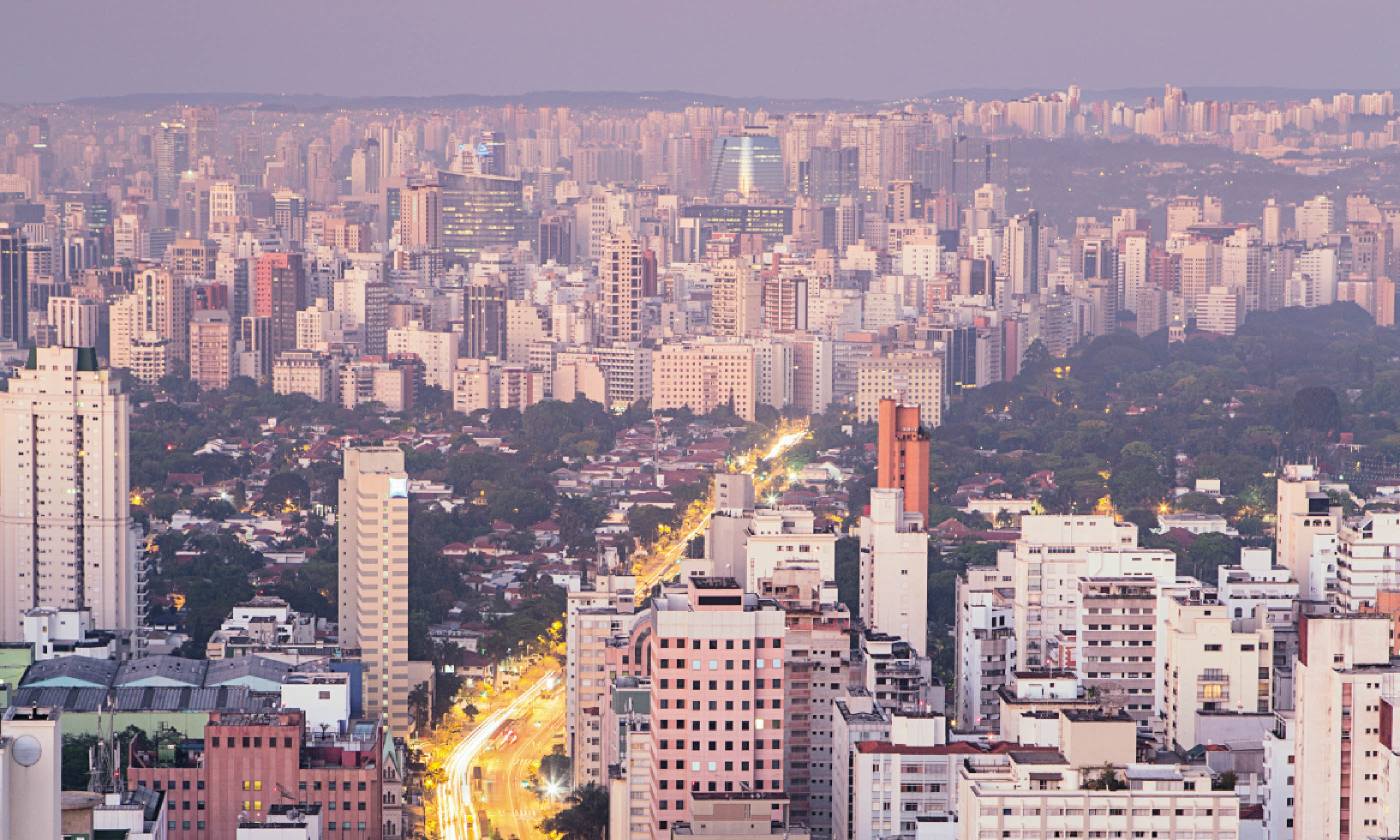
I met Genivaldo, a favela factory worker who migrated from the north-eastern state of Pernambuco decades previously, and who now lives as a gardener. “This place has totally changed my life,” he told me. “I work with Mother Earth again, like I did when I was a boy. My health has improved. So has the community. I’ve seen this area turn from a rocky waste to a fertile orchard. We now have organic food for a cheaper price than you can buy regular food in the supermarket.”
We cooked moqueca, a spicy coconut and seafood stew, in a home nearby and ate it in a leafy garden built under pylons – a green swathe cutting through the city’s interminable concrete.
The next day at Gastromotiva we met ex-prisoners from São Paulo’s crowded gaols, whose lives had been turned around by cooking. A scheme funded in part by our tour operator and supported by some of the city’s most distinguished restaurants trains them as chefs, giving them jobs in the city’s ever-growing gastronomic sector.
Maria told us how the project had turned her fortunes around. “Thanks to Gastromotiva I now have a real future,” she said, tears in her eyes.
“I send money back home to my kids every month. And now I have a real chance of getting a job at the D.O.M.”
At number nine on the San Pellegrino list, and with two Michelin stars, D.O.M is the finest restaurant in Brazil, if not Latin America. Its owner – DJ-turned-chef Alex Attala – has spent decades travelling the Amazon in search of new ingredients. He’s a vigorous supporter of Gastromotiva.
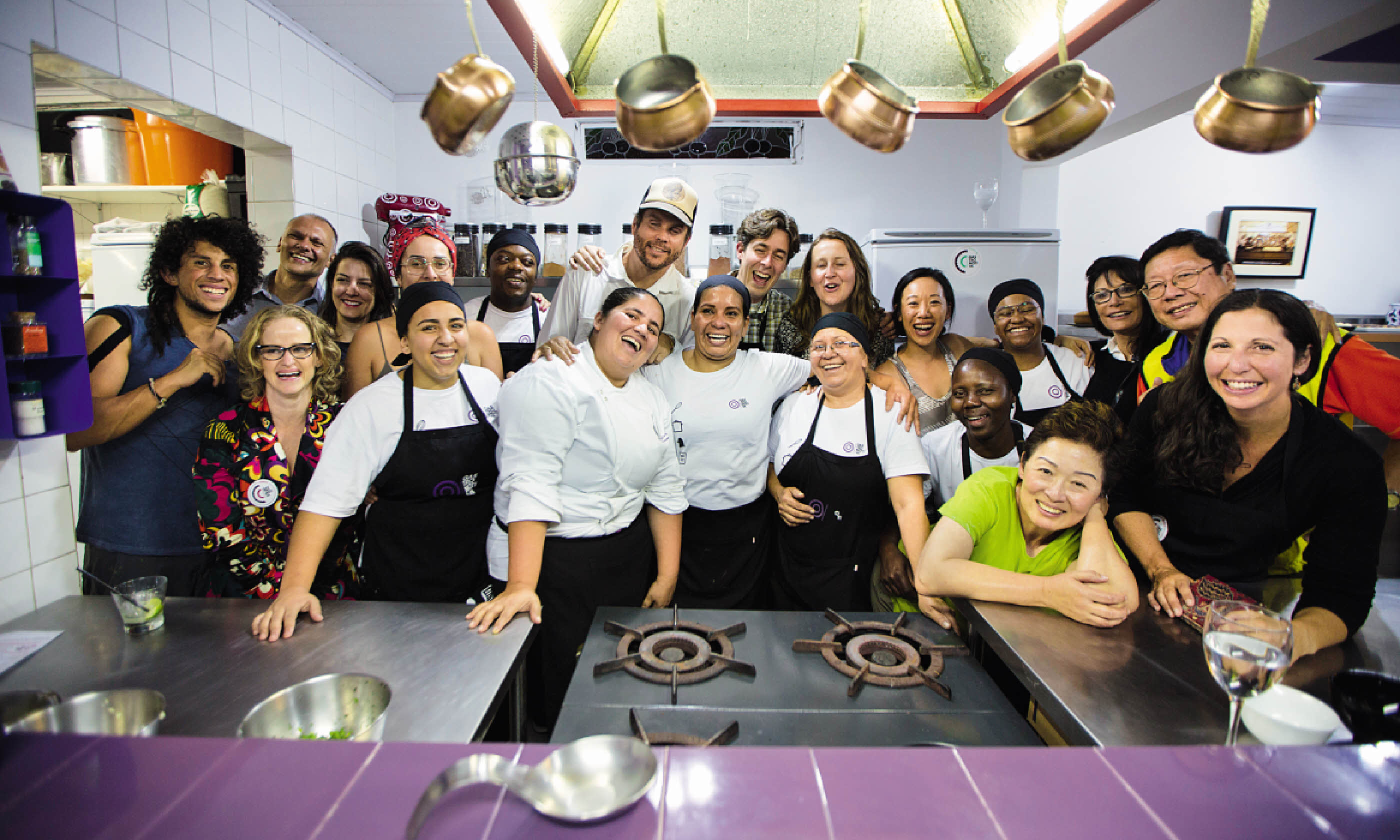
Alex greeted us personally at D.O.M when we met for our last fine-dining meal. “Bem Vindo! Welcome!” he said enthusiastically.
Alex sat down to eat with us, gathered over a round table. We had pirarucu, a giant Amazon lungfish, served in a tucupi and tapioca sauce; the fish’s cod-like white fl esh was perfectly off set by the rich tang of the tucupi and the electric buzz of the jambu leaf. We sampled squid with cashew fruit and ate Amazon ant, as zesty as lemongrass. We had fettucine made from hearts of palm – all the flavour of pasta but without the high-carb stodginess.
As we ate and chatted it seemed that all the threads of the trip had come together – from the community connection with Gastromotiva to the celebration of those fabulous ingredients from the Belém Amazon to the convivial, personable warmth of Alex Attala himself.
By sharing food and sharing lives, we felt like we had ceased to be visitors. We had made connections – with each other, with Brazil. Our journey had taken us into the heart of the country’s forests and cities; we had foraged for its food, encountered its cultures and communed with its people everywhere from village shacks to gourmet restaurants.
The trip had broadened our understanding, broadened us as people. And in our final toast we brought our glasses together in homage to the journey, to new connections and the hope of exploring more cultures together.
Make it happen...
The author travelled with
Culture Xplorers. A similar nine-day tailormade itinerary including domestic flights, all trips, guides, lodging and most meals costs from £2,980pp, based on two sharing. There are two set small-group departures scheduled for 2016: 26 June and 4 September.
All images by Alex Robinson






